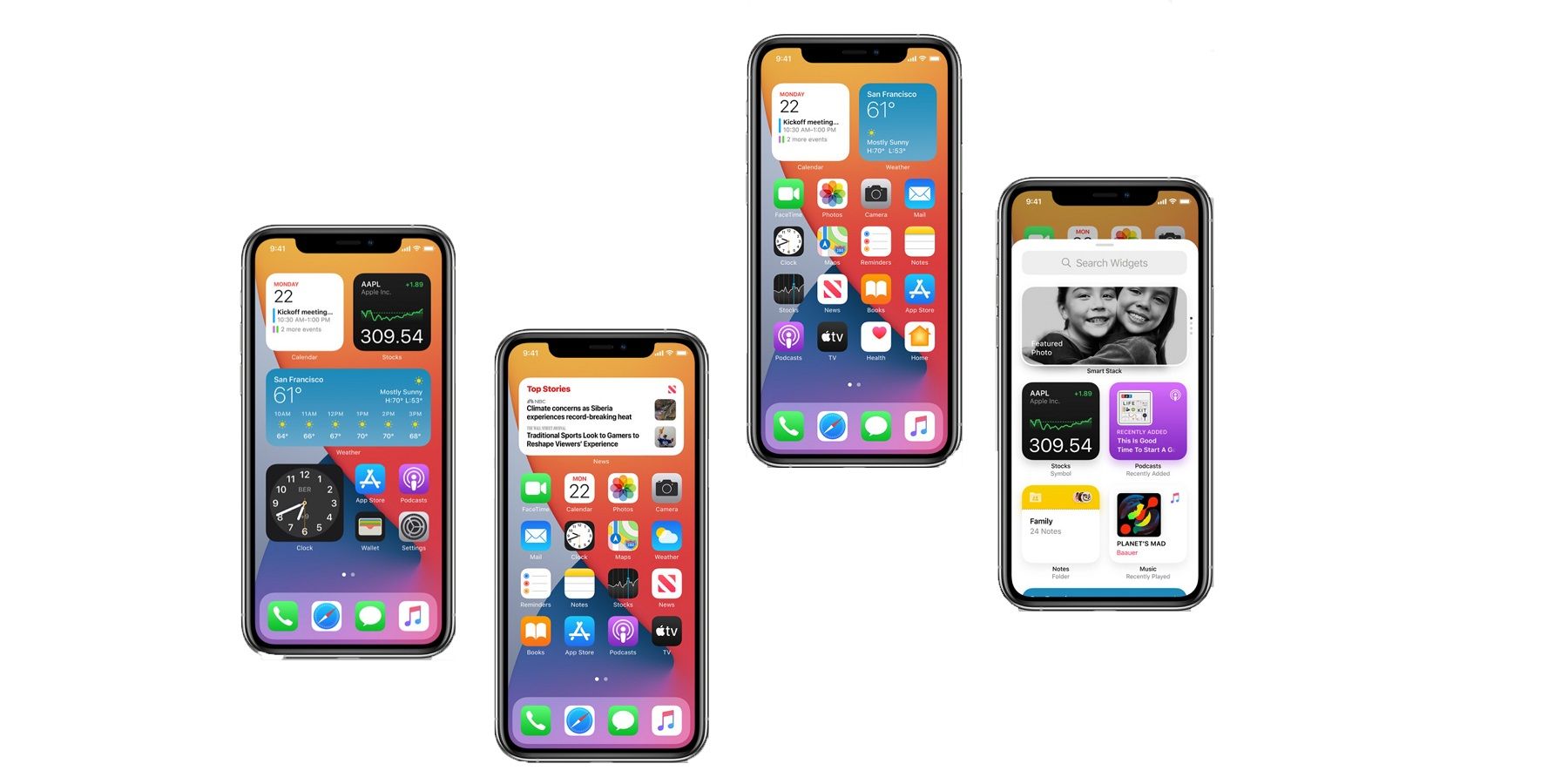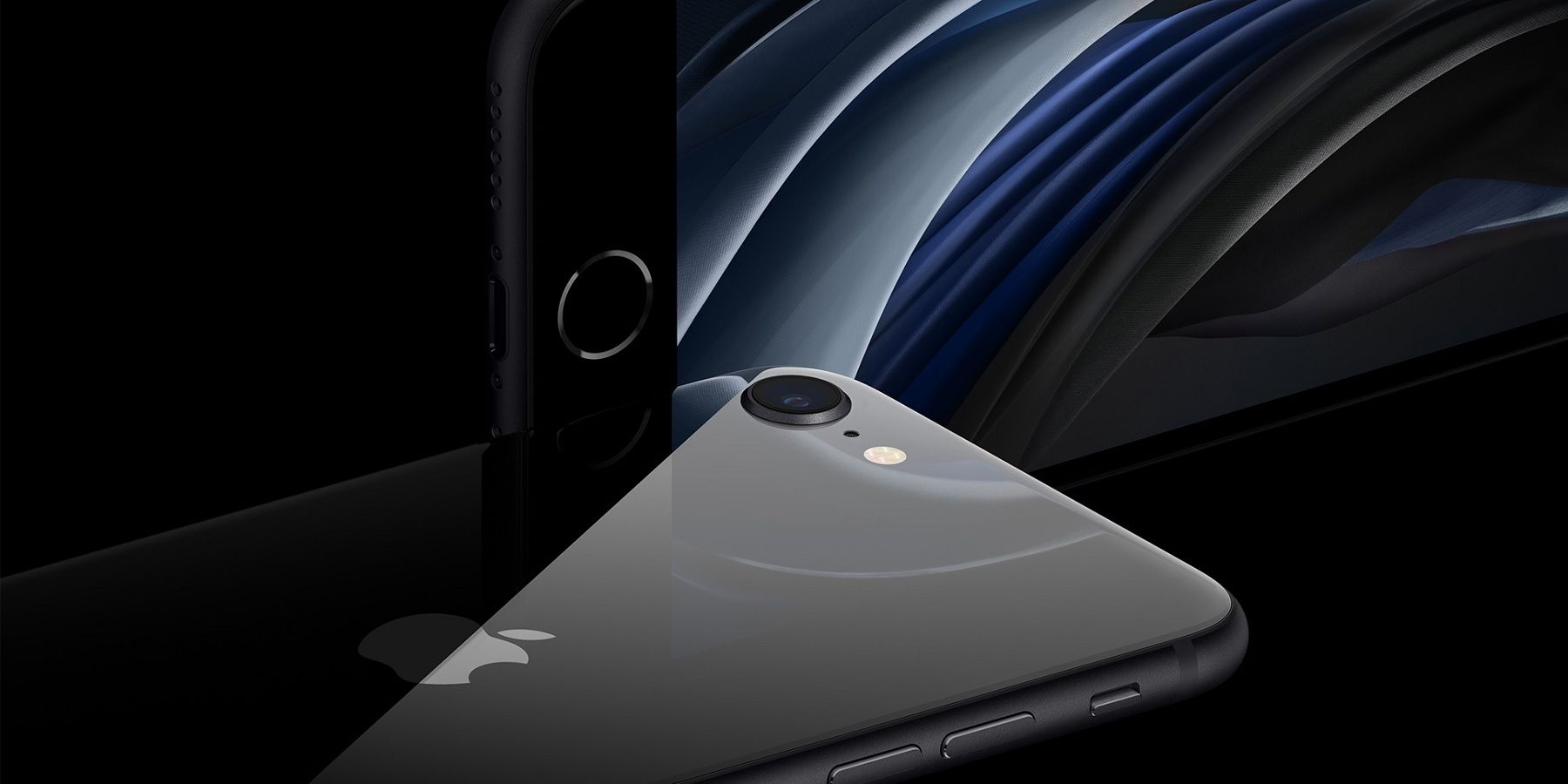As with all new iOS releases, iOS 14 will not be compatible with every iPhone model. The latest version of Apple's iOS was unveiled in June and the software upgrade brings with it an abundance of new features from a Translate app that supports eleven languages in both voice and text, to several new customization options for Memoji. Overall, iOS 14 is shaping up to be a substantial update for iPhone users.
Those that can't wait for the Fall release of iOS 14 can jump into the beta right now. Though it is advised to back up all data in the phone's Settings app, as it is an early version of the software and therefore, users could run into problems. Those who have already dived into the beta have discovered many new conveniences in the way of widgets, phone calls, and social media apps that have been improved.
The one question that many iPhone users will likely want an answer to before diving into the new features is which Apple devices are actually eligible to receive iOS 14 in the first place? Fortunately, Apple has provided a comprehensive breakdown of every iPhone device that is compatible with the latest iOS update.
iOS 14 supported device list includes:
- iPhone 11
- iPhone 11 Pro
- iPhone 11 Pro Max
- iPhone Xs
- iPhone Xs Max
- iPhone XR
- iPhone X
- iPhone 8
- iPhone 8 Plus
- iPhone 7
- iPhone 7 Plus
- iPhone 6s
- iPhone 6s Plus
- iPhone SE (1st Generation)
- iPhone SE (2nd Generation)
- iPod Touch (7th Generation)
Not All iPhone Owners Can Get iOS 14
iOS 14 will run on all iPhone products released in the past 5 years. This means that even an iPhone 6s (released in September 2015) will be able to boot up the latest operating system from Apple. All iPhone models released before the 6, as well as the 6 itself, don't fare so well. This shouldn't come as much of a surprise, considering the iPhone 6 was also not supported with the release of of iOS 13 - the current iOS that launched in the Fall of last year. This could be due to the iPhone 6 only being equipped with 1GB RAM, whereas the iPhone 6s and newer models have at least 2GB. Then again, there may be other factors in place, as Apple tends not to provide detailed reasoning as to why older models drop off the support list.
Anyone still sporting the iPhone 6 or an older model will likely feel the pressure to upgrade, given all the improvements that the newest iOS will bring to the table. It certainly will be hard to pass up the much-needed quality of life features that iOS 14 aims to provide. However, since the software is still only in beta, there is no immediate rush to run out and upgrade that aging iPhone just yet.
Source: Apple


